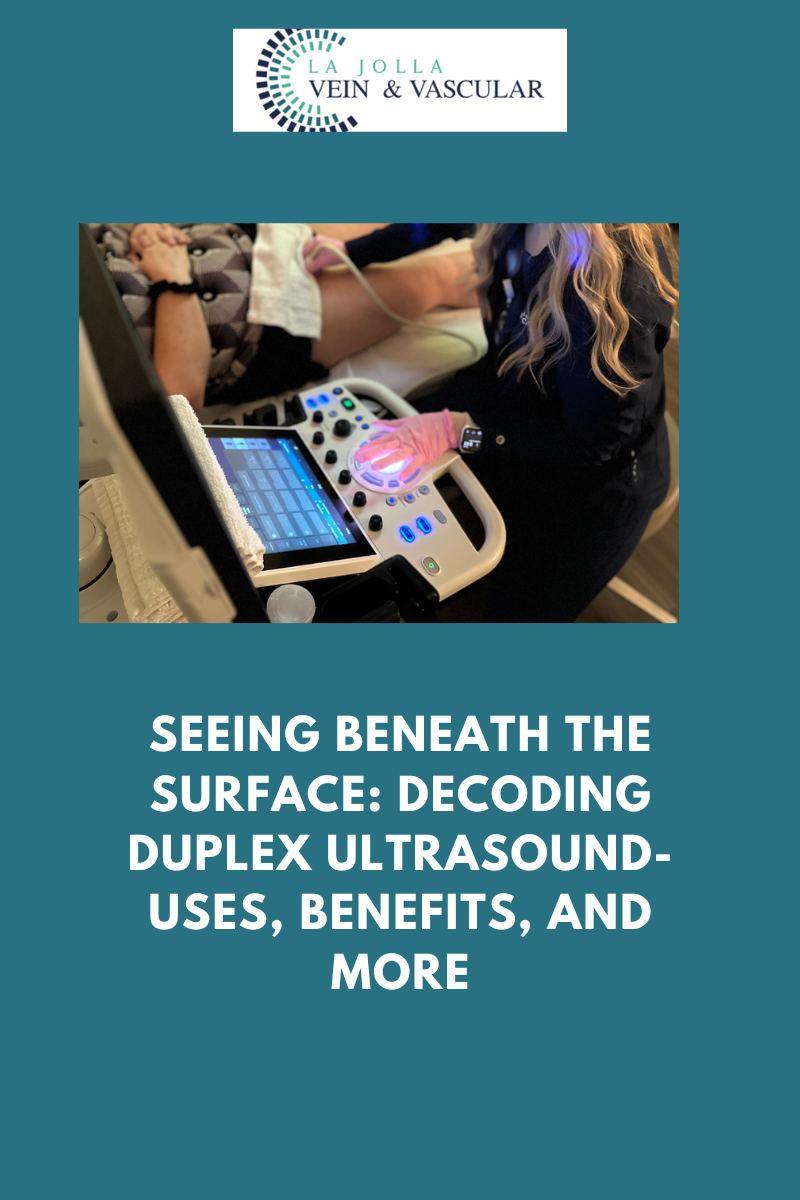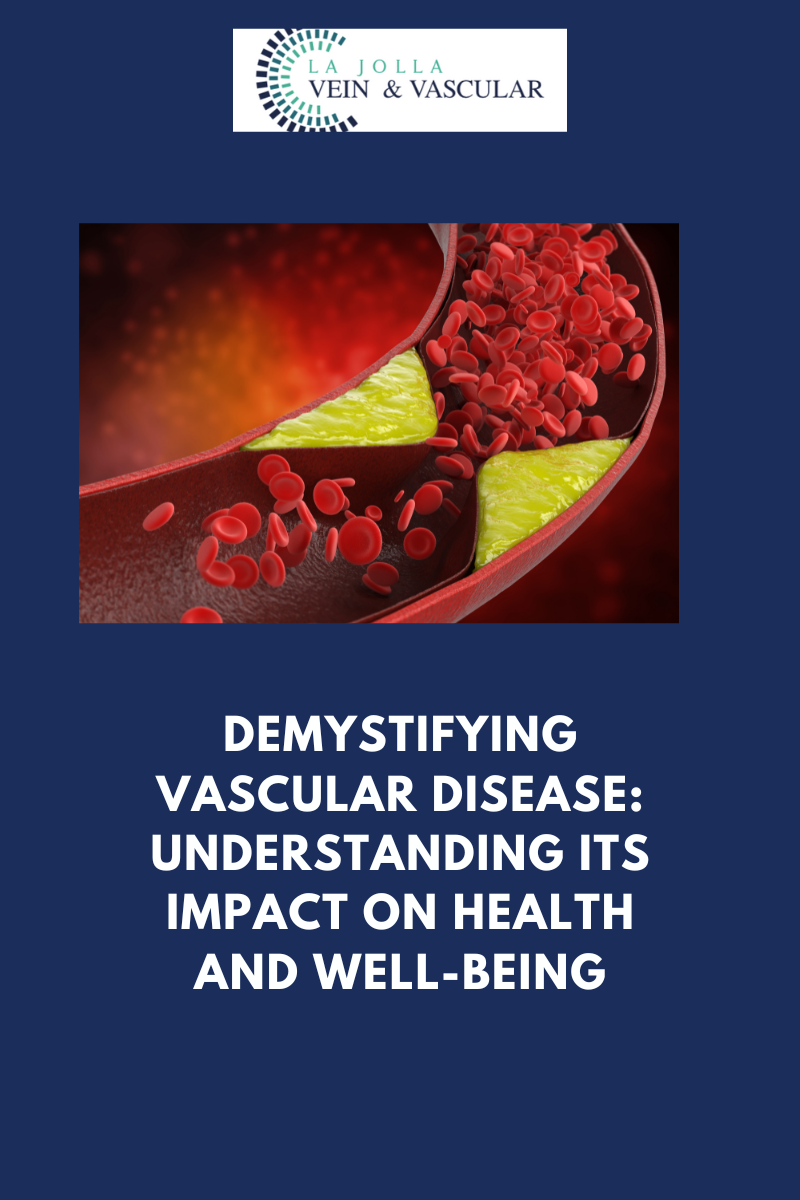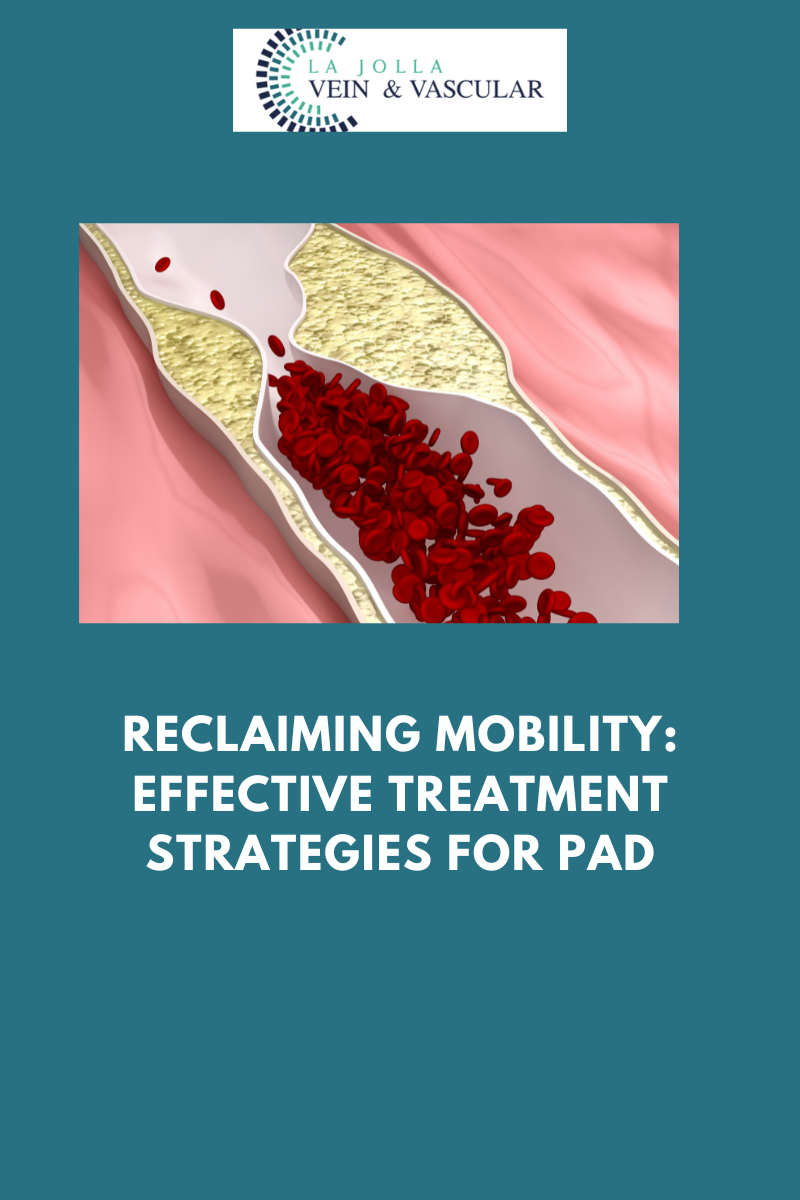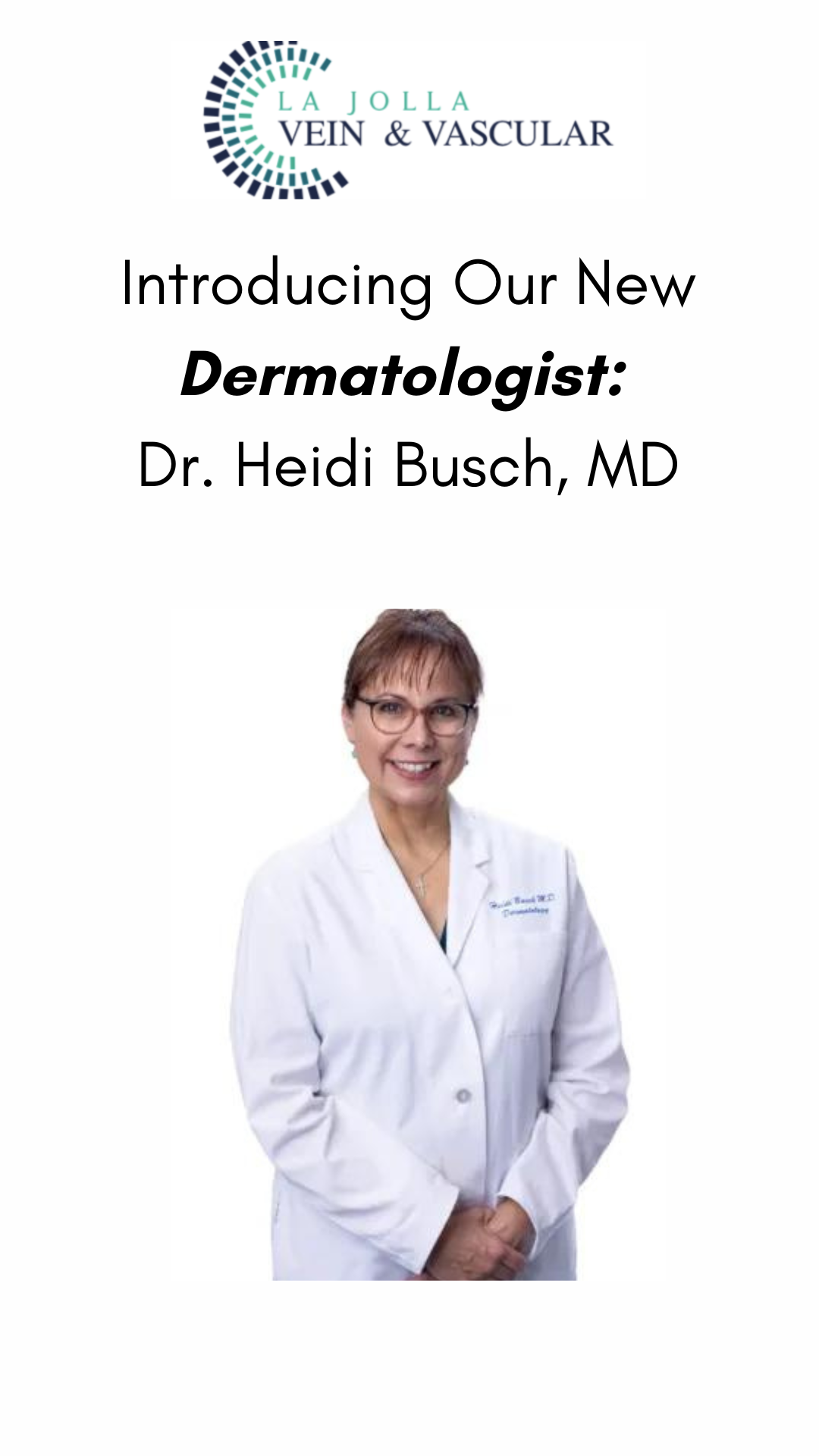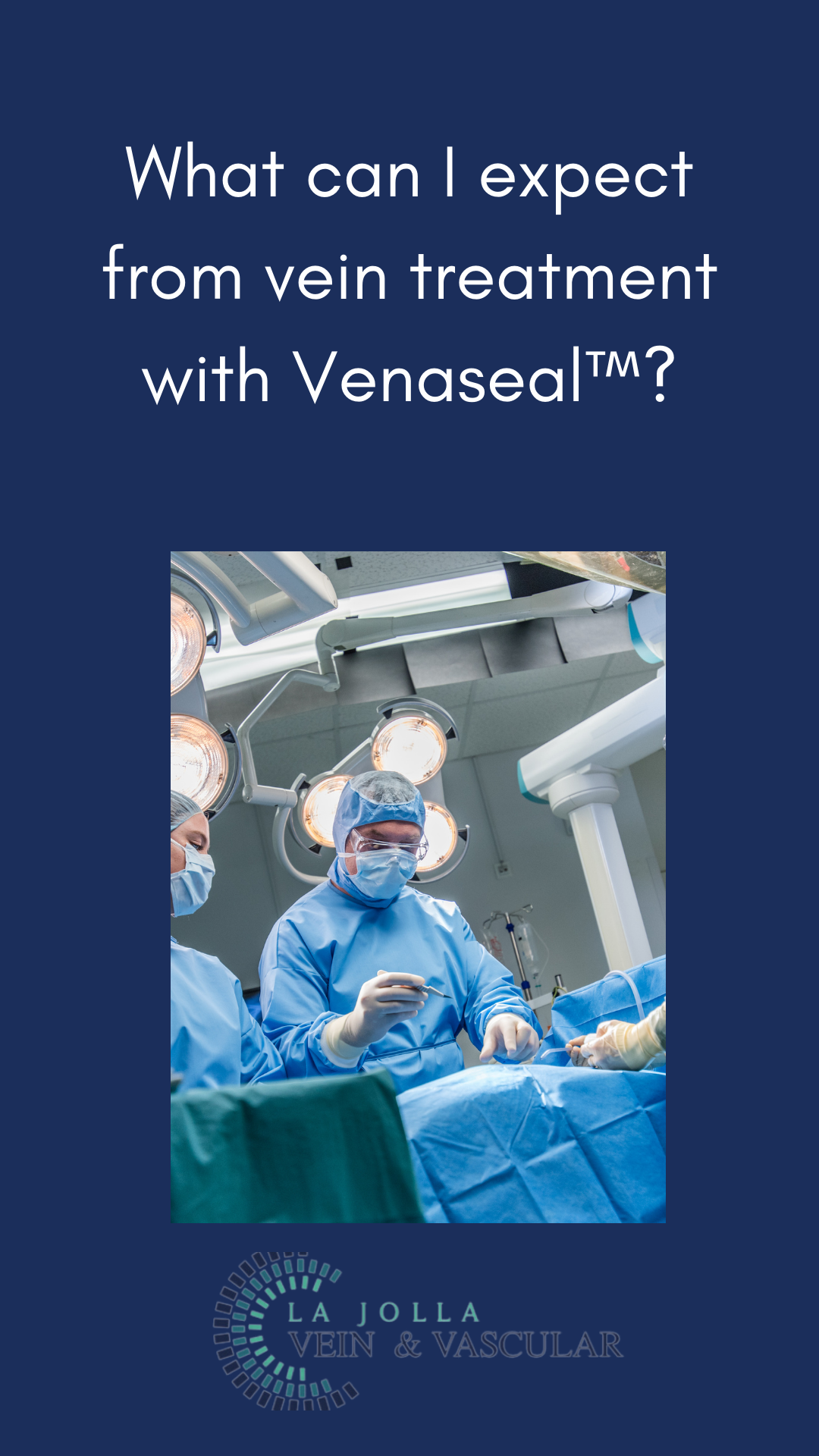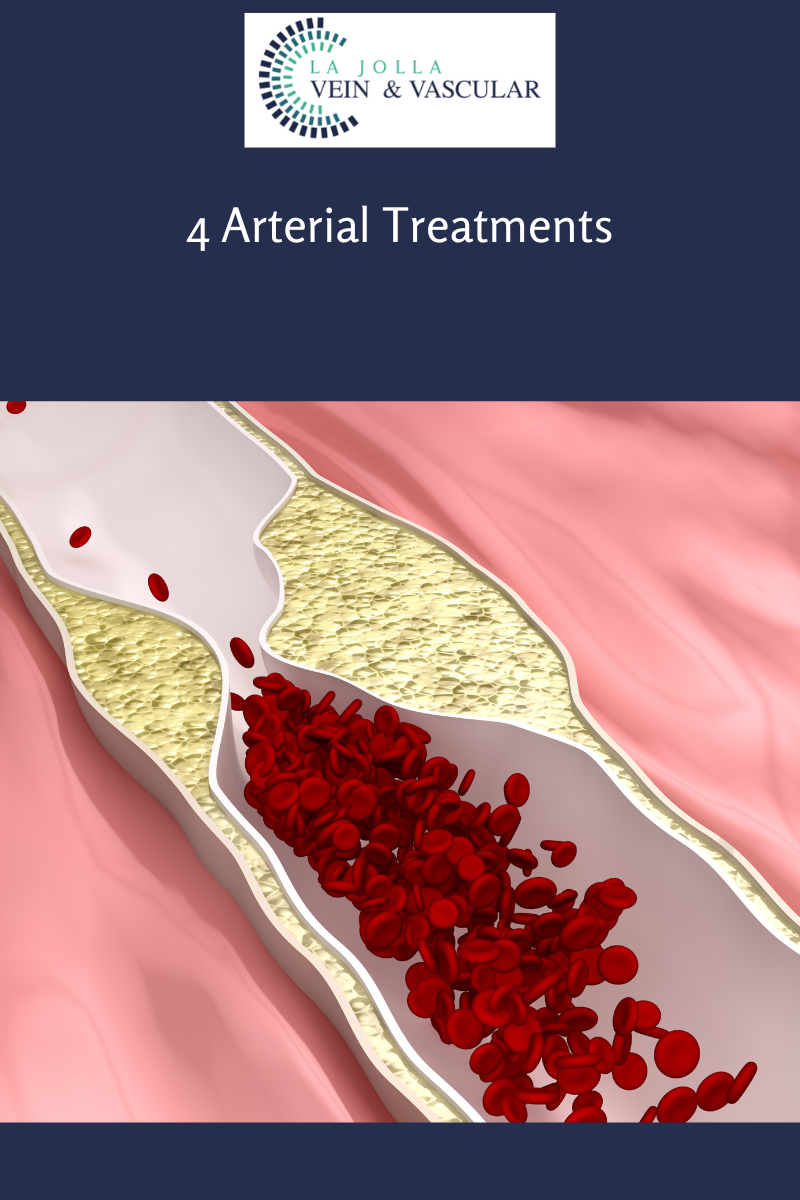Unlocking Vital Insights: Understanding the Complex World of Vascular Disease
LJVascular2024-07-07T02:40:23-07:00Unlocking Vital Insights: Understanding the Complex World of Vascular Disease
Vascular disease is a term that may initially appear intricate and intimidating, but its ramifications on your health and overall well-being are anything but trivial. In this blog post, our aim is to demystify vascular disease by deconstructing what it […]


